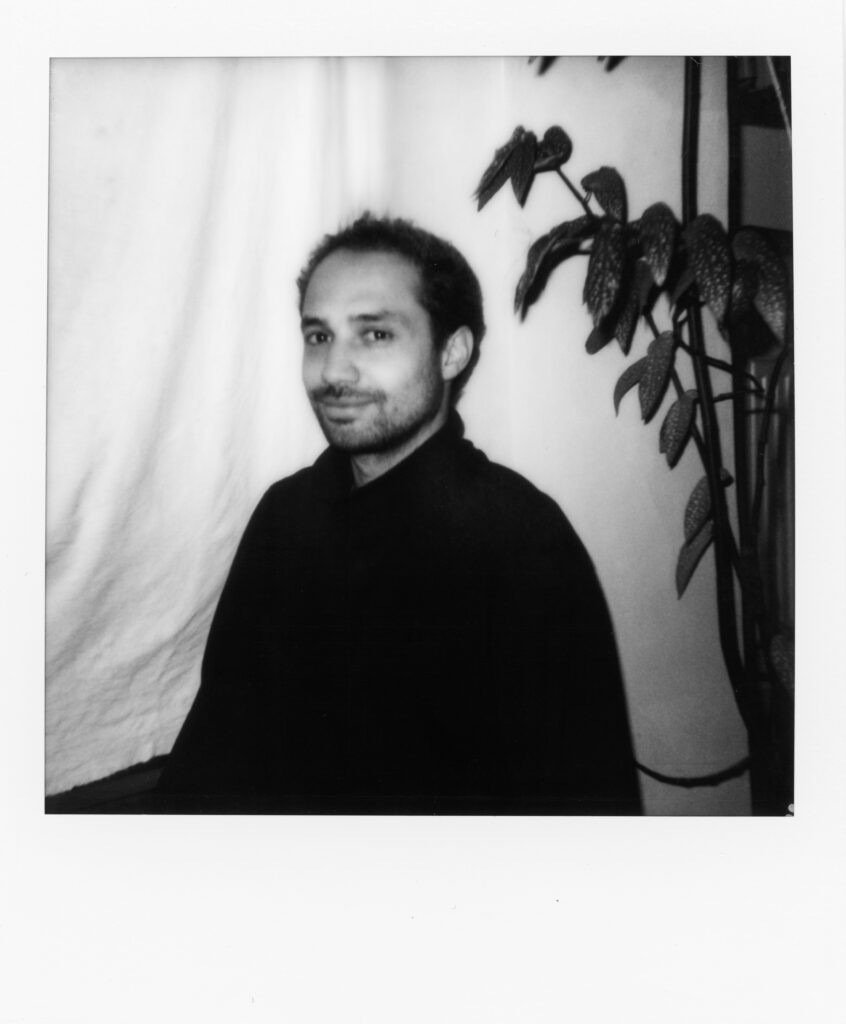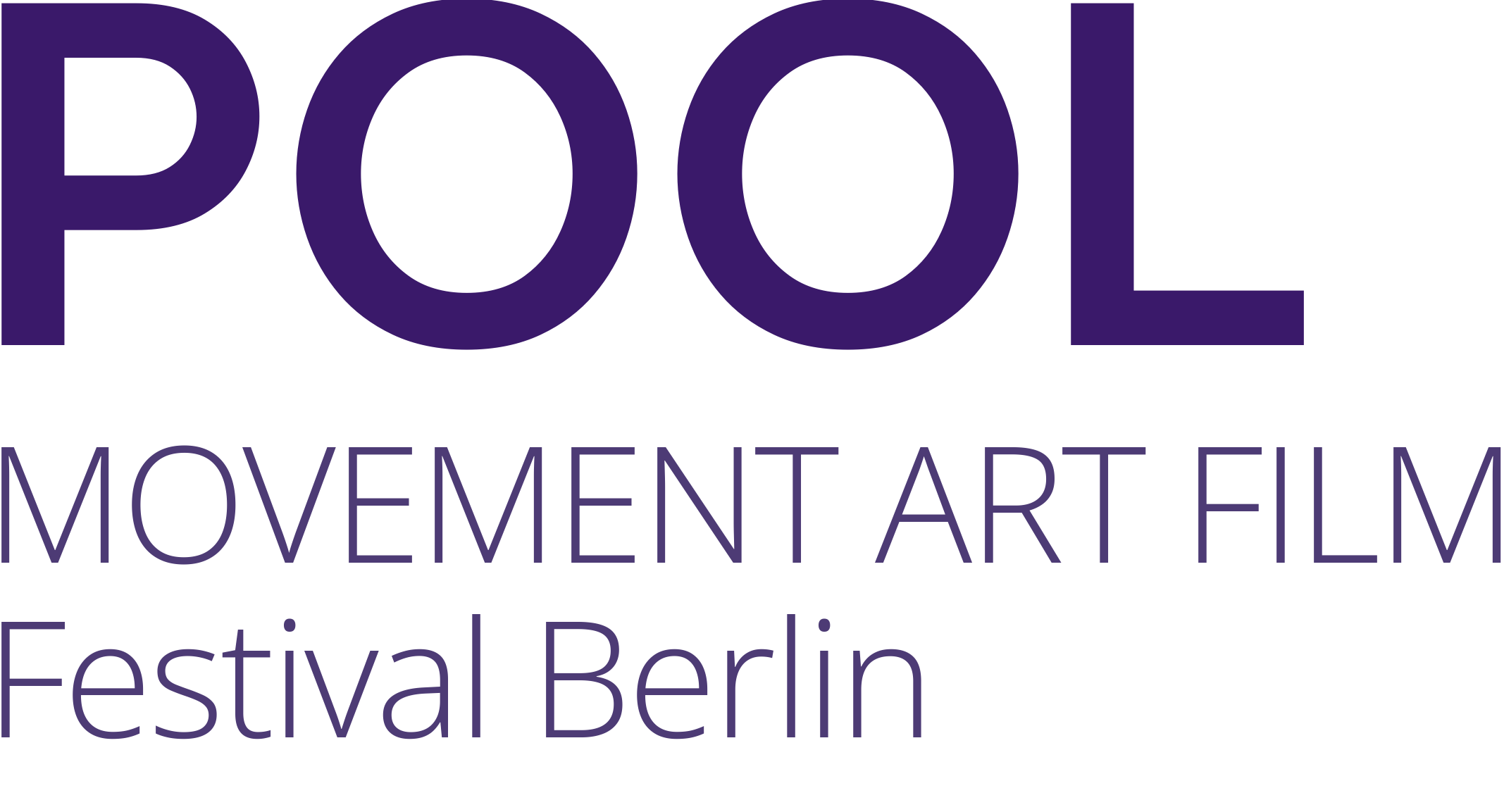In an Instance – POOL dives deeper with Akim El Ouardi
Akim El Ouardi and Nicolette Michalla‘s film Nicolette in Movement – Outdoors
was screened as part of POOL24
26.2.2025
Article by Silja Tuovinen
Images from the archive of Akim El Ouardi
***
It all begun with a mini DV-camera
“I feel like I’m watching through the lens all the time.” Cinematographer Akim El Ouardi’s infatuation with filmmaking and career as a cameraman begun with a kind gesture from his big brother. “When I was a teenager, my brother gave me a camera and showed me how to use it and how to edit the material. So, then I had this mini DV-camera with tape and I experimented with it with some friends, by making for instance skate videos.”
Sparked with a teenage spirit Akim started to also experiment with some found footage from dancers. “I used to put some music on and cut out video clips into a film. Just for fun.” Even today music continues to be an inspiration that sparks new ideas for Akim’s films. “When I listen to music, sometimes all of a sudden, I have a complete story in mind.” It is also the music which creates an immediate connection to dancing for Akim. “Everything goes back to music, and then, music for me is dance. Whenever I see people dance I see how liberating and universally comprehensible dance is.”
I started working as a cameraman just by doing.
I did not really study it anywhere, but I just went from project to project.
You just learn by doing.
The teenage fascination with film continued to adulthood and Akim decided to go to Berlin in 2010 to study Motion Graphics at Berliner Technische Kunsthochschule. “At that time, it was 3D and visual effects that I was focusing on. Then I got tired of that, because it was so much computer work. The act of holding a camera in his hands reappeared more vividly in Akim’s life again. “I decided to buy a camera again in 2017, and from there, I started working as a cameraman just by doing. I did not really study it anywhere, but I just went from project to project. You just learn by doing.” For Akim, it is in the act of doing, rather than thinking where a film emerges from.
In a filmmaking process, Akim feels a need to do things in a way that is also in part “therapeutic” for him. “My films often deal with subjects that are in relation to processes that I have gone through. I want to put the solutions I have found into a film and share them for another person who might be having similar thoughts.” For Akim films can make a change in people’s lives. “Ideally, a film should move people and help them transform. But the films do not necessarily have to be serious, I also want to make more funny films.”
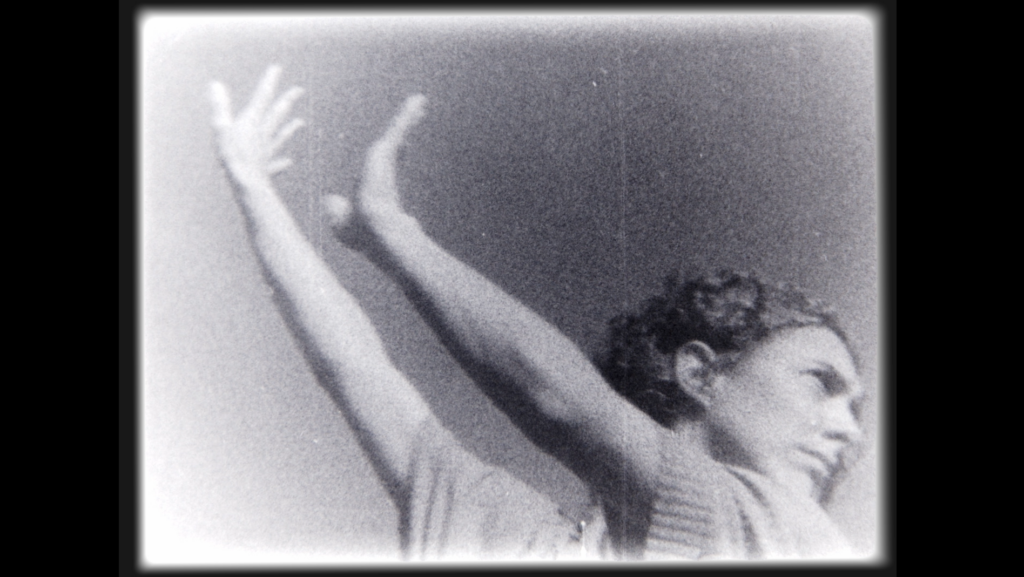
Experimenting with less
Initially what Akim loved about 3D animation was that he could really take his time, plan everything and have nothing happen out of control. “And then I got tired of this.” In turn, Akim got intrigued by free structures, improvisation and needing to lean on the moment.“I got interested in working in an instance, because I am there and I have to take a decision very quickly or I will lose that moment. I have to adapt. That is what I really like – being in the moment and having to improvise.”
For Akim, this kind of improvisational freedom could be found from styles of working where technological resources and budgets are not on the forefront. “I really love a low budget approach, where you are kind of limited and have to work with the limitations, and get creative.” Working as a technician on big film sets further confirmed this desire for Akim.“It’s wild to see how many resources and crew members there are, and how organized and hierarchical it all is. It takes away so much creativity. I don’t want to work in that way.”
Where is the limit? Until how far can I push this, before the final film will lose in quality because of it?”
In Akim’s view, creating with less does not mean that the content or quality of the film suffers. “What always drives me is finding the balance between not having so much resources, and until where you can push the project before the story or film degrades. Where is the limit? Until how far can I push this, before the final film will lose in quality because of it?” Having less resources limits perhaps the amount of locations one can choose, or how much time can be used for filming. “I am always trying to find out how I can do it all with minimum equipment, and a minimum of locations. It is about finding solutions to telling a story in a way that it does not need a lot of money or a lot of time.” With big film projects timelines are often very long and include multiple phases. In Akim’s view filmmaking can happen anywhere, anytime, swiftly and simply through curiosity.
Akim prefers and chooses to work in small crews in a faster, more improvisational way. “For example, I like Michel Gondry because he has a very playful approach to filmmaking and experimenting with lots of different techniques.” In addition to Michel Gondry, Akim has an affinity for practically everything experimental and avant garde. “I love the surrealists movement in the twenties and thirties from Europe, and Agnes Varda, which is more documentary style. Also Chris Marker, Jonas Mekas come to mind. So, all those filmmakers who found a way of mixing techniques. It is really like a play.”
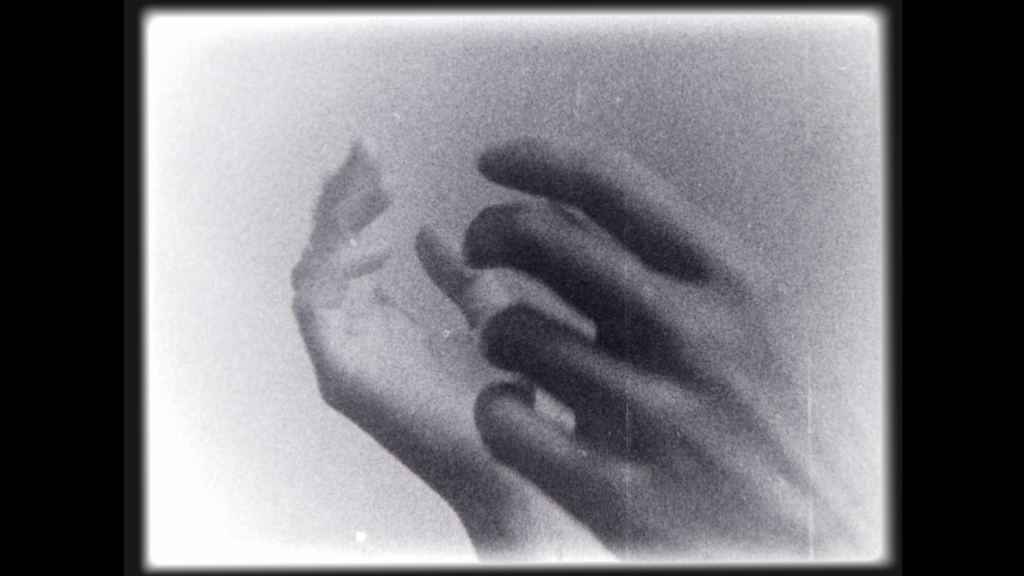
Working with analogue methods
Akim’s film Nicolette in Movement – Outdoors, made in collaboration with dancer Nicolette Michalla, is a black and white film shot with a super8 camera. In the making of the film everything was improvised. “We met with Nicolette Michalla, who is dancing in the film, during the Arranging Movement Workshop from Sarah Möller back in 2020. We decided to do something just for fun! The following year, I went to Berlin, and I took my camera with me, and we just went outside.”
That’s what I like about the Super8 or analogue method.
It sort of bypasses my brain for me. I feel much more free.
I feel like a child almost, playing around.
Instantaneously, by using an analogue camera Akim is dealing with the finitude of resources. “Of course, working with analogue film, I do not have an infinite amount of filmstock.” Instead of letting this restriction become a reason for controlling the process, Akim rather chooses to trust the moment. “While filming I do not think about what I am filming so much. That’s what I like about the Super8 or analogue method. It sort of bypasses my brain for me. I feel much more free. I feel like a child almost, playing around.”
After filming Akim has to wait, sometimes for several weeks before he is able to see the results of the shoot. “Sometimes weeks later when the film is developed, I see the rushes. I often almost forgot about what we did. It’s always a surprise and it’s never like I imagined it during filming. I love this forgetting.” Getting to experience the wholesome, durational process of shooting, developing, drying and scanning film is a crucial reason for choosing analogue methods for Akim. “I love the whole process with analogue film. If I develop it myself, I am spending a couple of hours developing, drying, and then scanning the film. So, there are all these intermediate steps.
What is joyful for Akim in the process, is that the results of the shooting often turn out better than expected. “I am always surprised by how good it turns out in the end. While I am filming, I often think: what am I doing here? For instance, the viewfinder on the Super8 camera was very small when we were shooting with Nicole. So tiny. So, I did not see so much.” Eventually a film arises from gazing through a tiny viewfinder, and is finally being projected onto a large screen.
For Akim, working with analogue processes in filmmaking comes in part as a response to phenomena of the modern society and the contemporary workings of the world. “It is a conscious decision to work with slow, analogue processes in this instantaneous world we live in today. With digital filmmaking processes you can have comparatively direct and fast results with. I prefer to slow down.”
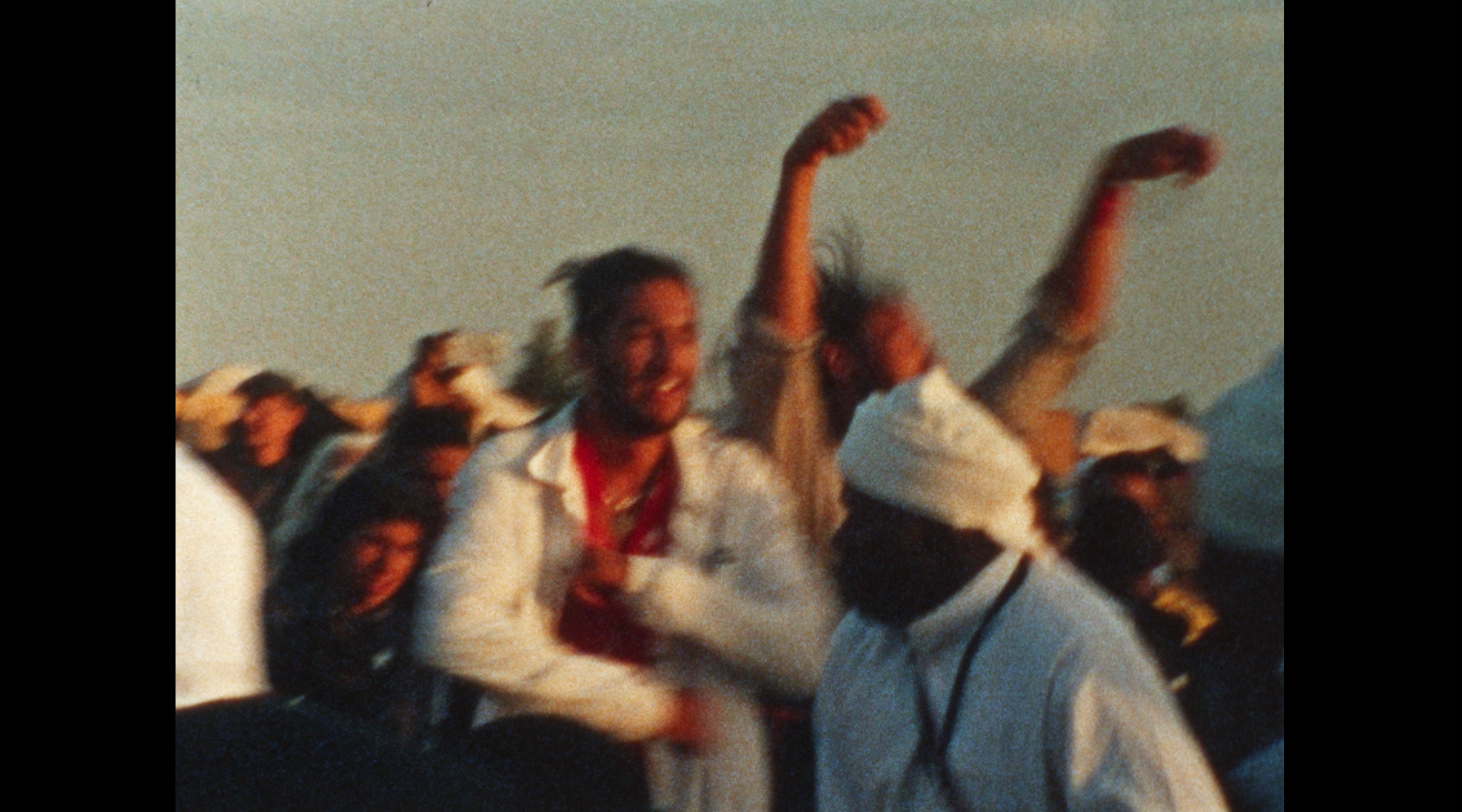
AKIM EL OUARDI
Akim El Ouardi, born in 1989, is a luxembourgish-moroccan filmmaker. Passionate about cinema since his teenage years, he became an independant cinematographer in 2017 while simultaneously finding his way into the film industry. He is now working as a freelance Director, Cameraman and Colorist.
Realizing how resource intensive and polluting the film industry is, he developed a strong interest in creating low-budget, low-tech films with a guerilla filmmaking approach. He doesn’t consider these constraints as limits but rather as doors to a creative space open for experimentation, to a collaborative approach and to finding DIY solutions.
His works combine Screendance, Documentary and Performance, using body language and music to transcend linguistic barriers. His search for a “common language” is anchored in the multicultural context of Luxemburg in which he grew up.
Since 2018 he is delving into the world of analogue film, shooting short experimental films on Super8 and documenting his travels through film and photography. In the darkroom he is currently testing different filmstocks and developers, further exploring the medium’s texture and materiality.
